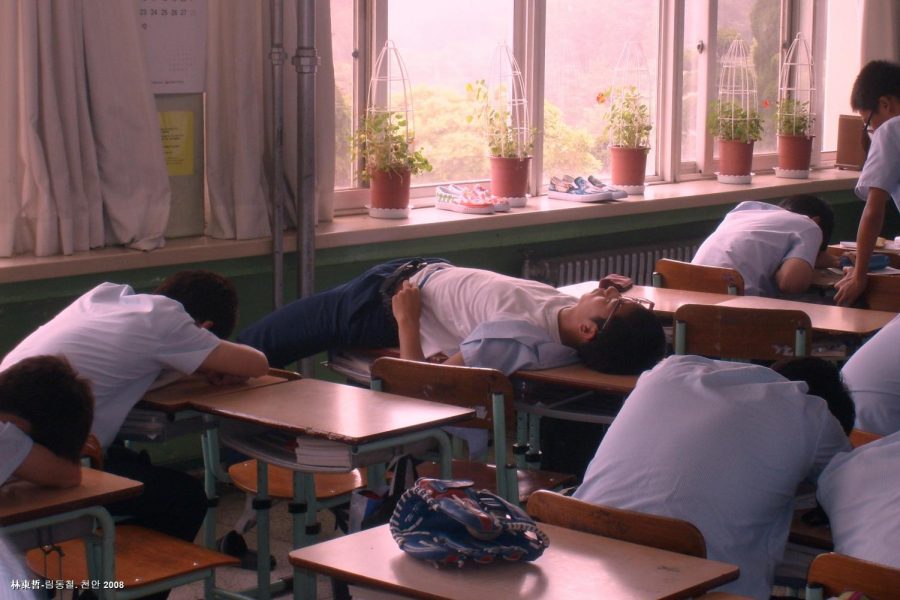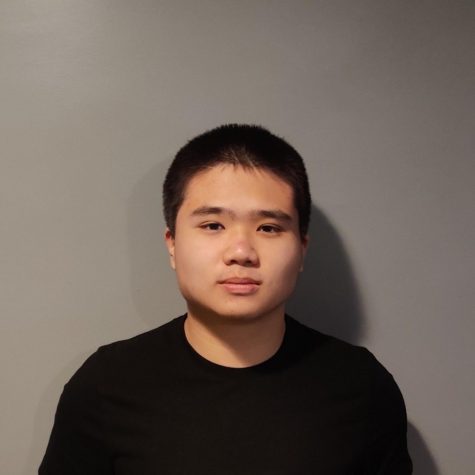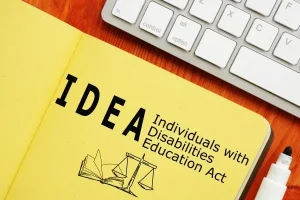Why Naptime Should Be Implemented in High Schools
February 20, 2020
Inability to sleep makes people irritable and less productive. Ok, just hear me out. Before this sounds like just another high schooler’s fruitless bid for more slumber time, I just want to say there have been studies done. The high-stress life of a high-schooler often means that drowsiness and fatigue are simply occupational hazards. It is generally accepted that if you are in high school, you have racked up a sleep deficit of some sort, whether it’s due to a job, homework, sports, or trying to maintain an active social life. Naps have been a proposed solution to that problem, and several cited studies have shown their benefits. In fact, in places like China, mid-day napping has always been a culturally acceptable practice for students and workers alike. Heck, even Spain has its siestas every day, with businesses closing to accommodate this daily period of rest.
The U.S. hasn’t yet adapted to this culture and still views napping with a negative stigma. Napping goes against the image of the hard-working American, and is often associated with laziness, lethargy, and general disinterest. Contrary to this belief, napping has been shown to increase productivity, according to Dr. Nitun Verma, a sleep specialist and spokesperson for the American Academy of Sleep Medicine. He says it “Can give a boost to memory and attention during the day, and it can increase school performance.” He also adds that while it won’t substitute for a good night’s sleep, it certainly can help a sleep-deprived teenager.
It may also be a more natural alternative to other methods teens often use to stay awake. Many teens consume caffeine in the form of energy drinks, coffee, and tea, but we all know drinking caffeinated beverages in the afternoon isn’t a good idea. The tiredness warrants consumption of caffeine, which further contributes to the restlessness in a vicious cycle.
Tenafly High School already has beds available for student use in the nurse’s office, but they can only be utilized during IDTs, lunchtime, or when a student is excused from class. Many students have also been turned away when they find out there are no more beds left. With so many students already using these facilities, this calls for an overhaul to the space with more ways to accommodate sleepy students. Bringing back naptime for high school students may not be the end-all solution to the growing sleep crisis, but it can certainly help mitigate it—or at the very least offer another welcome break for students.


















































































































































